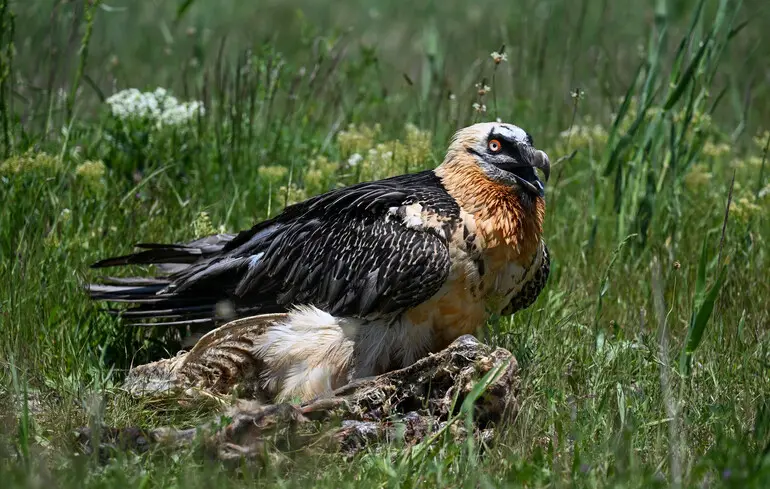Discovery of Archaeological Artifacts in Nesting Sites of a Rare Bird in Spain: Evidence of ‘Natural Museums’ Extending Over Six Centuries

An international team of researchers from Spain has conducted a groundbreaking archaeological study of nesting sites belonging to the griffon vulture (Gypaetus barbatus), uncovering priceless historical artifacts dating back over 650 years.
This discovery sheds new light on the intricate relationship between humans and nature, demonstrating the extraordinary conditions under which cultural heritage has been preserved in the wild.The scientists spent more than a decade exploring over 50 well-preserved nests in the remote southern regions of Spain where this species was believed to have disappeared more than 70 years ago.
Twelve nests were examined using stratigraphic archaeological methods, revealing a wealth of remains and artifacts preserved in remarkable condition.Among the finds were various items either created or modified by humans, including eggshell fragments, prey remains, nesting materials, and a total of 226 cultural artifacts such as a crossbow bolt, footwear, a grass slingshot, a wooden spear, and a decorated piece of sheep leather.
Radiocarbon dating indicated that some objects are between 150 and 675 years old, with the oldest footwear dating back roughly 675 years, alongside a decorated leather piece approximately 650 years old.Researchers emphasize that the dry conditions in rocky shelters with stable temperatures and low humidity transformed these nests into natural “museums,” safeguarding historical artifacts over centuries.
Such “natural museums” are invaluable for understanding ecological changes, biodiversity shifts, and environmental history, allowing scientists to track transformations in the region’s ecosystems.The study also highlights the importance of these findings for conservation efforts aimed at restoring habitats for endangered species listed in the Red Book.
Additionally, the researchers point to a unique form of mutualism observed in Africa, where hunters in Eswatini temporarily collaborate with wild beeswax wasps (Indicator indicator).
These insects assist in locating their nests, and in return, humans leave part of the wax as a reward—a rare example of beneficial cooperation between humans and wildlife.Overall, the discovery emphasizes the significance of preserving natural and cultural treasures, providing invaluable insights into the long-term interaction between humans and the environment and supporting efforts to protect endangered biodiversity.

